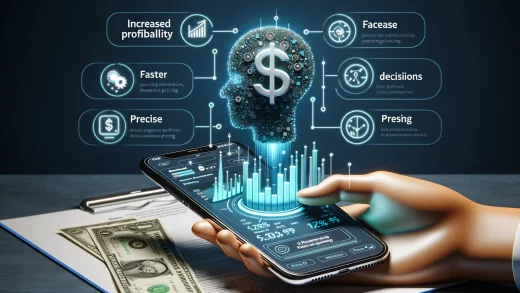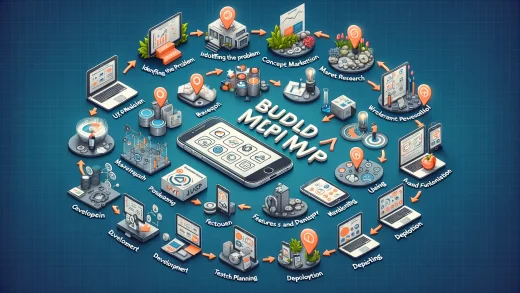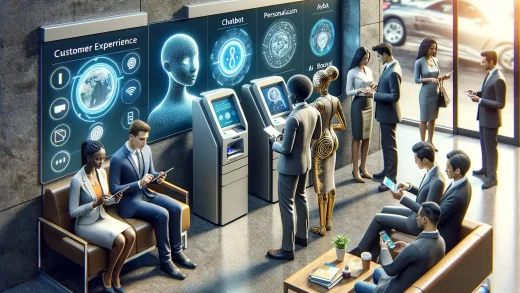Introduction to AI in On-Demand Apps
Why AI Feels Like Magic in On-Demand Apps
Imagine this: you open your favorite ride-hailing app, and before you even finish typing your destination, it suggests the exact address you’re headed to. Coincidence? Not exactly. That’s the quiet, intelligent hum of AI algorithms, working behind the scenes like an intuitive concierge who knows your habits better than you do.
AI doesn’t just “add value” to on-demand apps—it completely transforms them. It’s what turns food delivery apps into your personal dining advisors, recommending dishes you didn’t even know you were craving. It’s how streaming apps play your next favorite show, right when you’re in the mood for it. The brilliance lies in its ability to predict, adapt, and respond to your unique needs, almost like a friend who finishes your sentences.
How Does AI Make Apps Feel Personalized?
AI is what bridges the gap between “useful” and “how-did-I-live-without-this.” Here’s how:
- Smart recommendations: Whether it’s music, groceries, or workouts, AI tailors options to your taste instead of one-size-fits-all results.
- Real-time updates: From map routes that adjust on the fly to predicting service delays, AI thrives in keeping everything instant and relevant.
It’s this nimble, personalized interaction that keeps us hooked—and keeps us coming back for more.
Key Ways AI is Enhancing On-Demand App Functionality
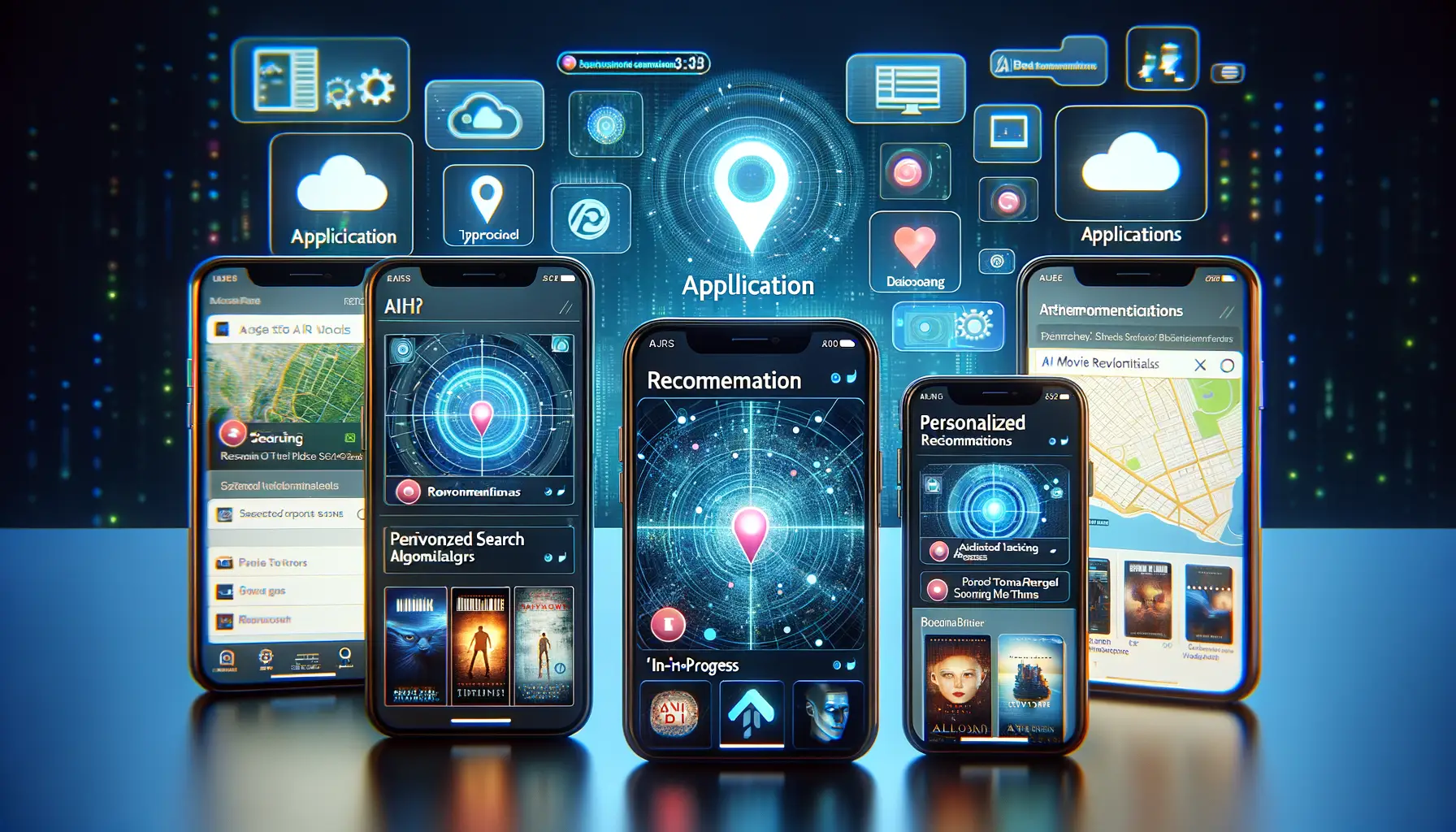
Transforming User Experiences with Predictive AI
Imagine opening your favorite on-demand app and having everything you need magically appear—almost like the app can read your mind. That’s not magic; that’s the power of predictive AI. By analyzing mountains of user data, AI personalizes your experience in ways you didn’t even know you needed.
For example, food delivery apps now predict your cravings before you even feel hungry. How? By considering past orders, time of day, and even external factors like weather. Cold outside? You might see a cozy soup recommendation. Sunny? Ice cream anyone? These little nudges feel personal because they are—crafted just for you by the app’s AI brain.
- Smart suggestions: Movie apps curate lists based on your unique binge habits, saving you hours of scrolling.
- Location-based insights: Ride-share services anticipate demand surges in your area, ensuring cars are moments away.
Streamlining Operations Behind the Scenes
It’s not just about making you happy; it’s about making things *work*. AI optimizes everything from route planning in delivery apps to inventory management for online sellers. Take grocery delivery apps—they use real-time data and AI algorithms to ensure drivers follow the fastest route possible, cutting delays and headaches.
Even customer support is stepping up its game. Ever noticed how chatbot responses feel more human these days? That’s because they’re powered by sophisticated AI models that understand your queries better than ever. It’s like having a digital assistant that actually listens!
Challenges and Limitations of Implementing AI in On-Demand Services

Is AI a Perfect Fit for Every On-Demand Scenario?
Let’s be honest—while AI feels like magic, it isn’t a one-size-fits-all solution. Sure, it’s great at recommending your next meal delivery or optimizing ride-sharing routes, but implementing it in on-demand services comes with its own maze of hurdles. Imagine trying to run a marathon with one shoe tied—it’s that kind of tricky!
One major roadblock is data dependency. AI thrives on data, but not all businesses have oodles of high-quality, well-organized information at their fingertips. And even when the data exists, organizing it can feel like cleaning out your attic—tedious, time-intensive, and half the time you’re questioning how you got so much stuff in the first place.
And let’s not forget the human factor. Training teams to work seamlessly with AI, ensuring ethical considerations are met (like avoiding bias), and solving trust issues with users who think “robots are taking over” adds layers of complexity no algorithm could predict.
Future Trends in AI-Driven On-Demand Apps
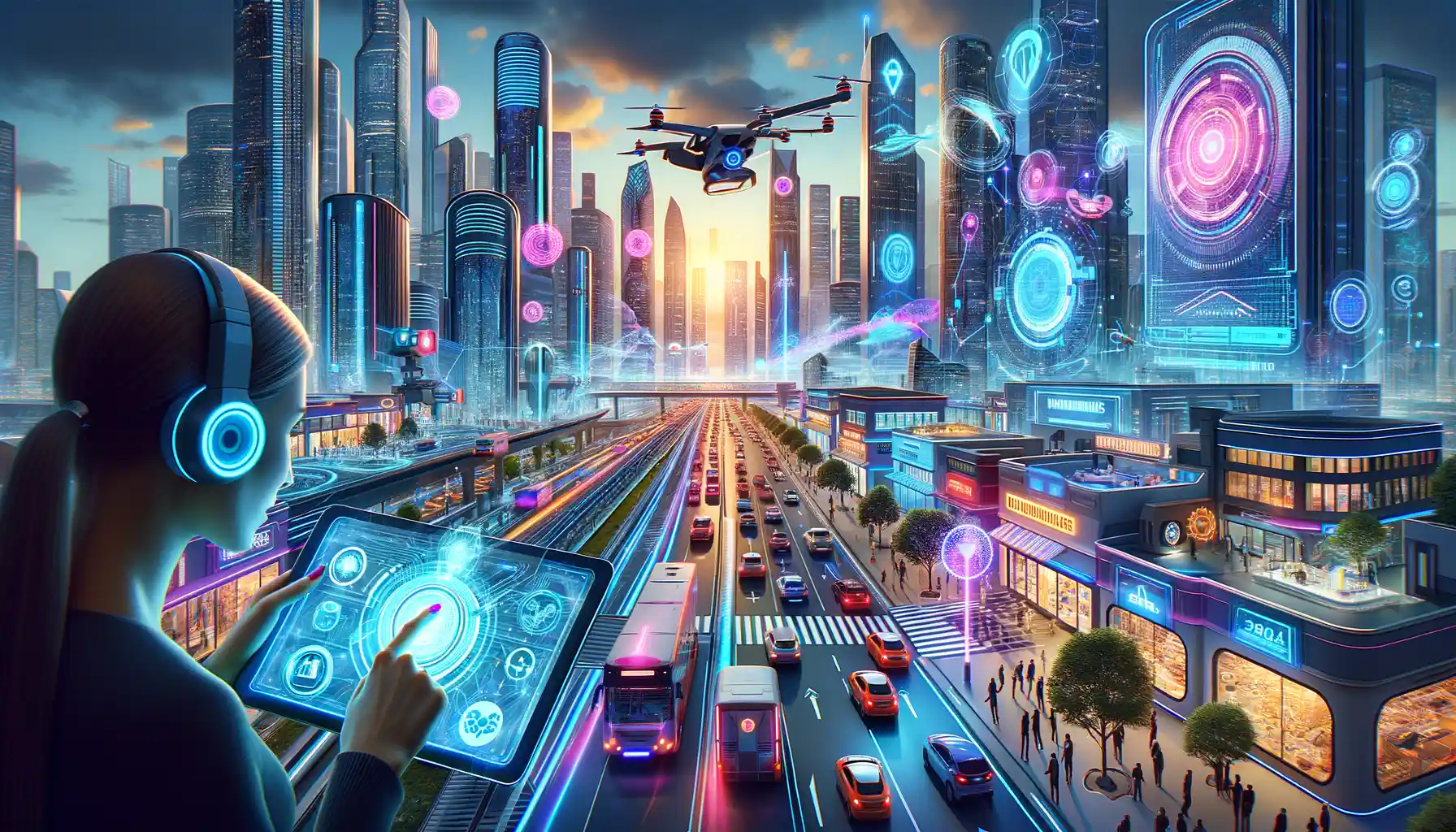
The Revolution of Personalized AI Experiences
Imagine opening your favorite on-demand app and feeling like it knows you better than your best friend. That’s the future we’re heading towards! Thanks to advancements in AI-driven recommendation systems, apps will predict what you need before you even think to ask. Whether it’s suggesting a cozy Thai curry for dinner on a chilly night or finding the fastest route to beat rush hour, AI is about to make on-demand apps feel less like tools and more like personal assistants.
Expect sharper personalization through evolving technologies like Natural Language Processing (NLP). For instance, instead of browsing through endless options, you could simply chat with an app: “Hey, find me a dog groomer with availability this evening,” and voilà—it delivers precisely what you’re looking for.
Smarter Automation & Real-Time Insights
The next big leap? Seamless automation powered by AI. Picture this: delivery drones managed via AI-powered fleet optimization, arriving within minutes. Or apps providing real-time insights—think fitness platforms adapting workouts instantly based on live user feedback!
Here are just a few game-changing trends ahead:
- Emotion recognition AI to tailor recommendations based on your mood.
- Voice-activated features blending with IoT, like scheduling laundry pick-ups via smart speakers.
- Futuristic payment methods using facial recognition.
The possibilities are boundless—and, frankly, thrilling!
Conclusion and Final Thoughts

Why AI Feels Like the Secret Sauce of On-Demand Apps
Picture this: you’re stressed, rushing home after a long day, and craving your favorite meal. With just a tap on your phone, magic happens—your dinner is hot, fresh, and at your doorstep before you’ve even had time to change into sweatpants. That’s not just convenience; that’s *AI-powered brilliance*.
Thanks to technologies like machine learning and predictive algorithms, apps can now learn your habits faster than your best friend. They know what you want before you do. Ever noticed how Spotify queues up songs you’d swear were plucked straight from your brain? Or how Uber seems to predict the perfect moment to offer a ride? That’s AI sculpting every touchpoint to feel almost… human.
But it’s not just about convenience; it’s about transforming possibilities:
- Hyper-personalization: Apps adjust themselves in real-time, offering tailored options as unique as your morning coffee order (extra foam? Check!).
- Smarter logistics: Delivery drivers are routed faster, cutting wait times and headaches.
In a world craving instant gratification, AI doesn’t just streamline—it anticipates. It feels like having a personal assistant in your pocket, working tirelessly to make life seamless and satisfying.

